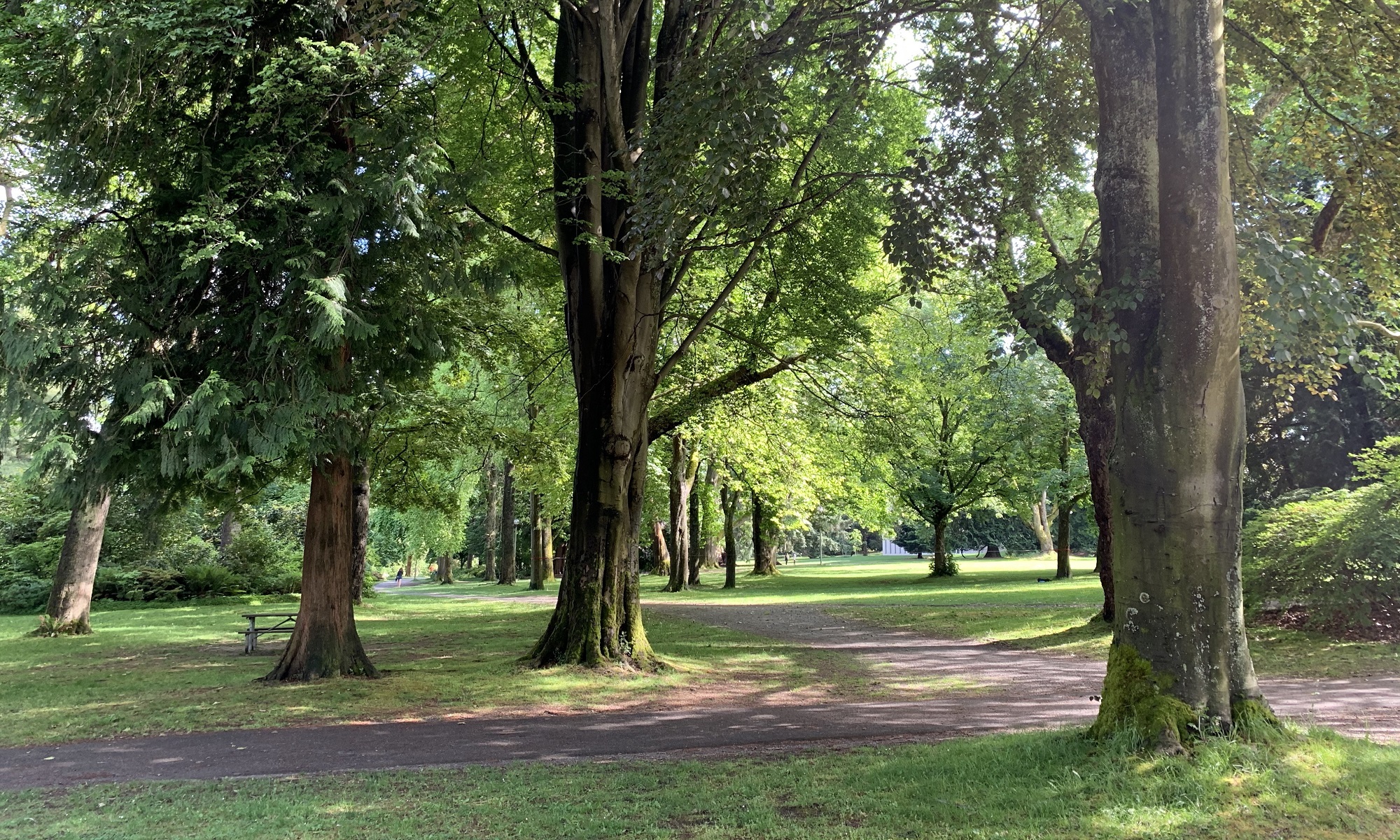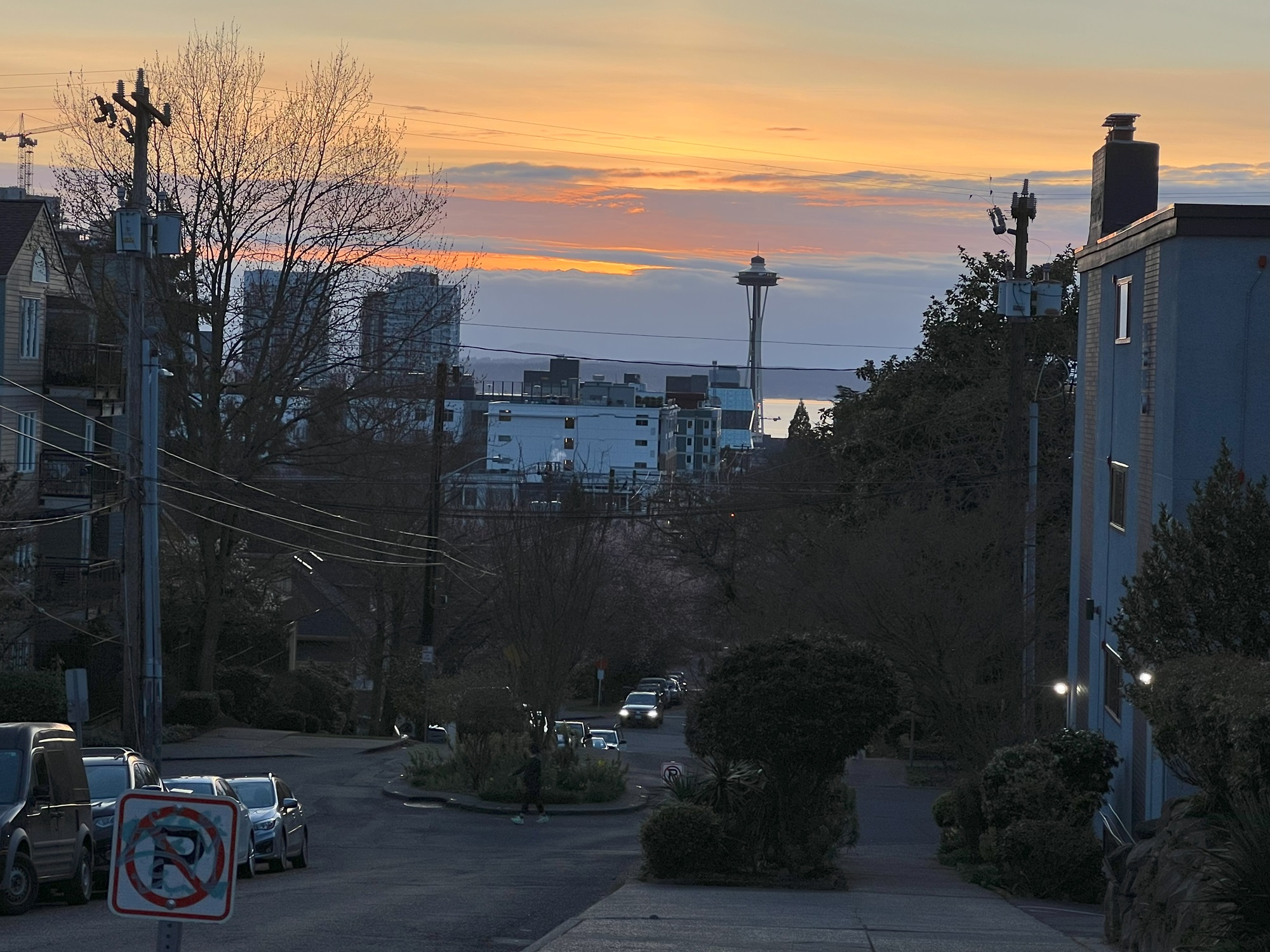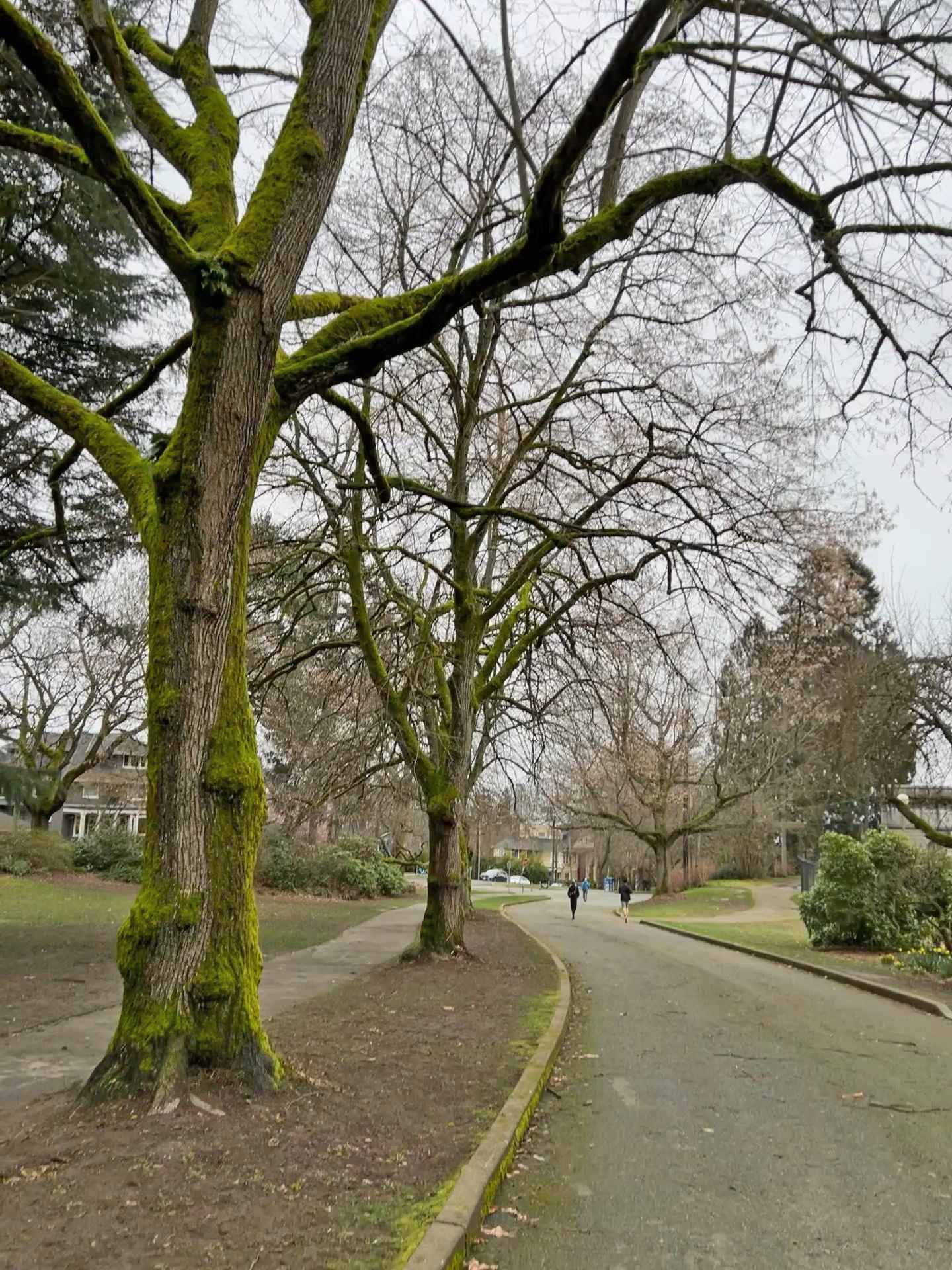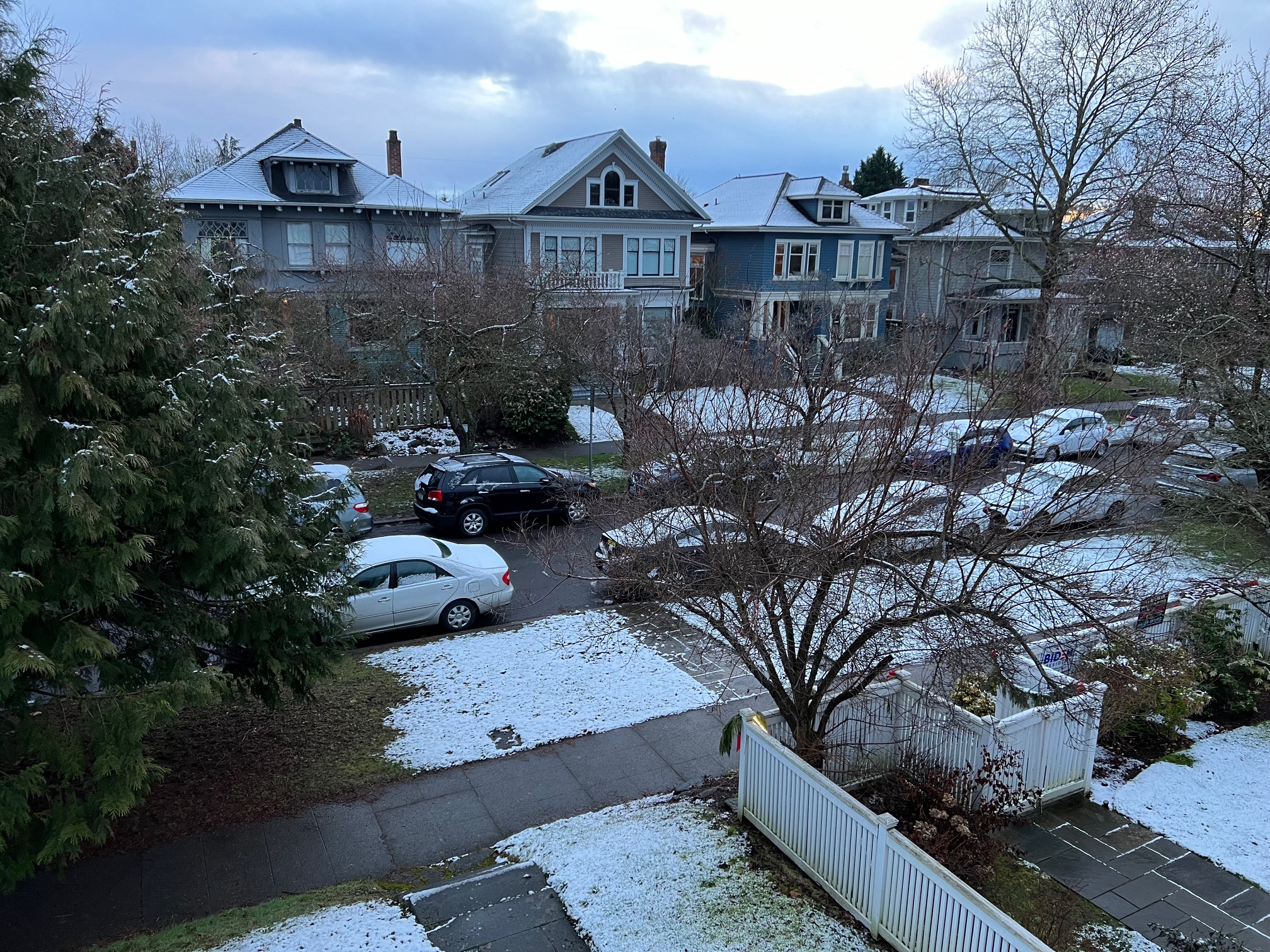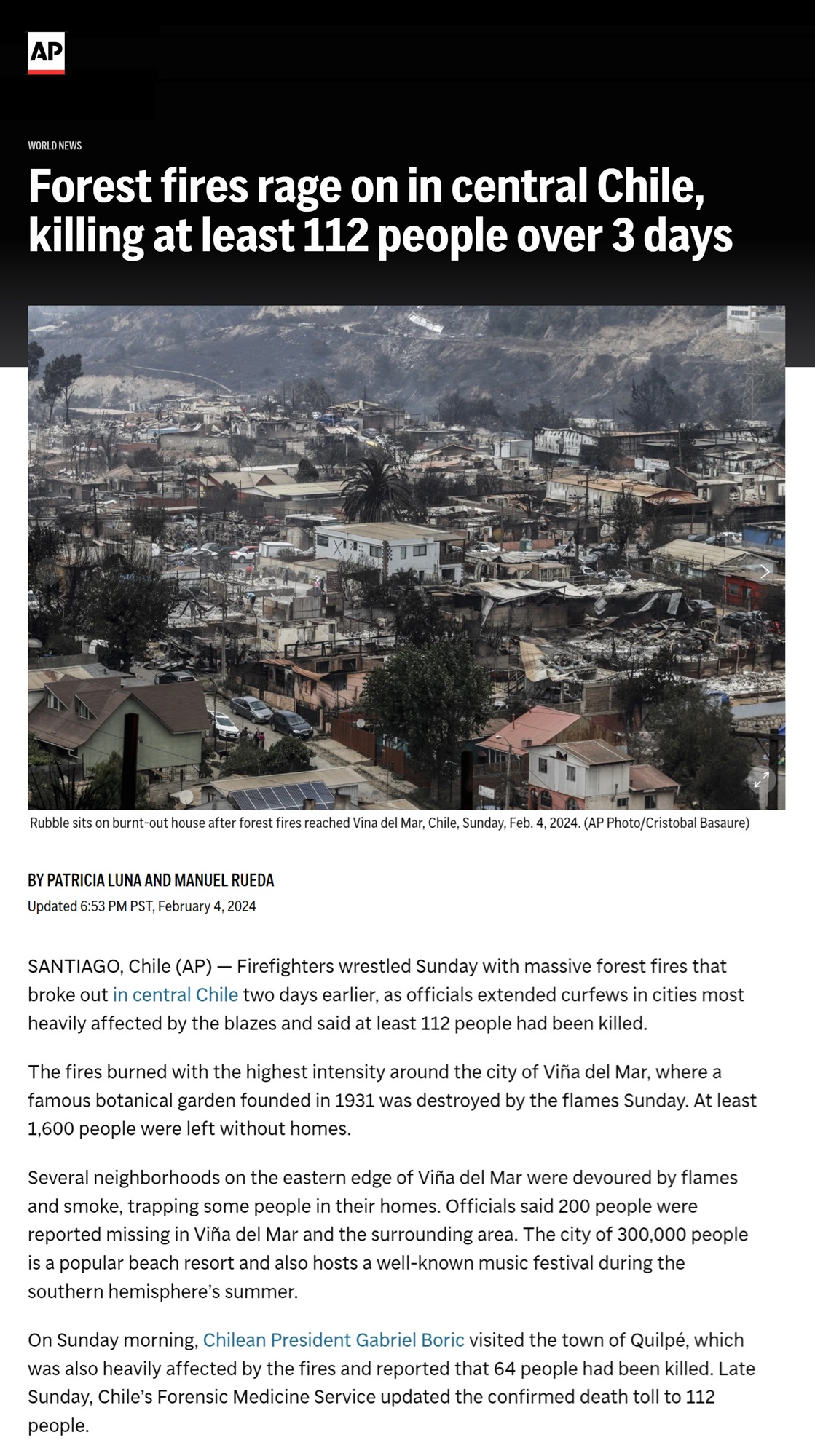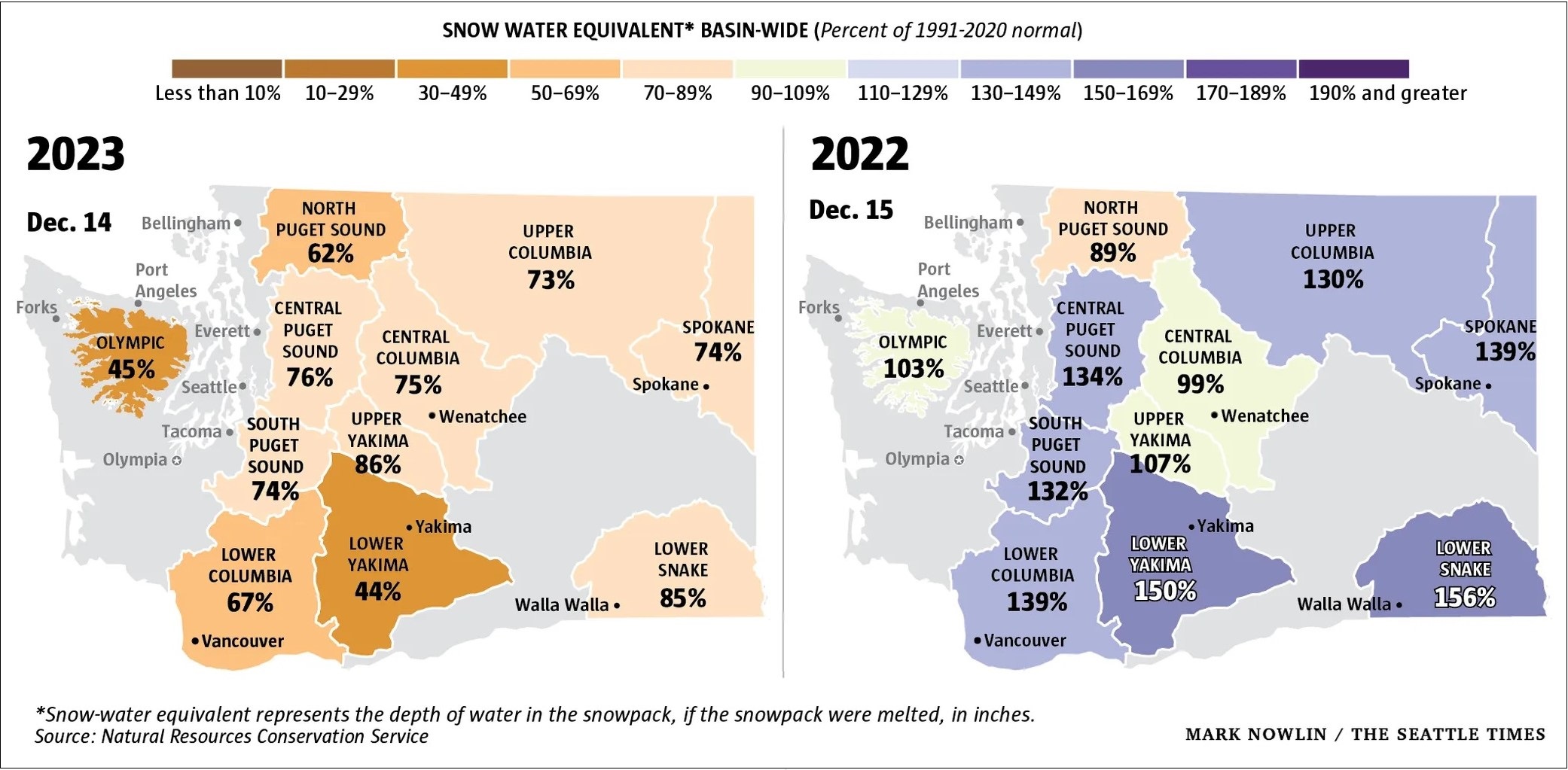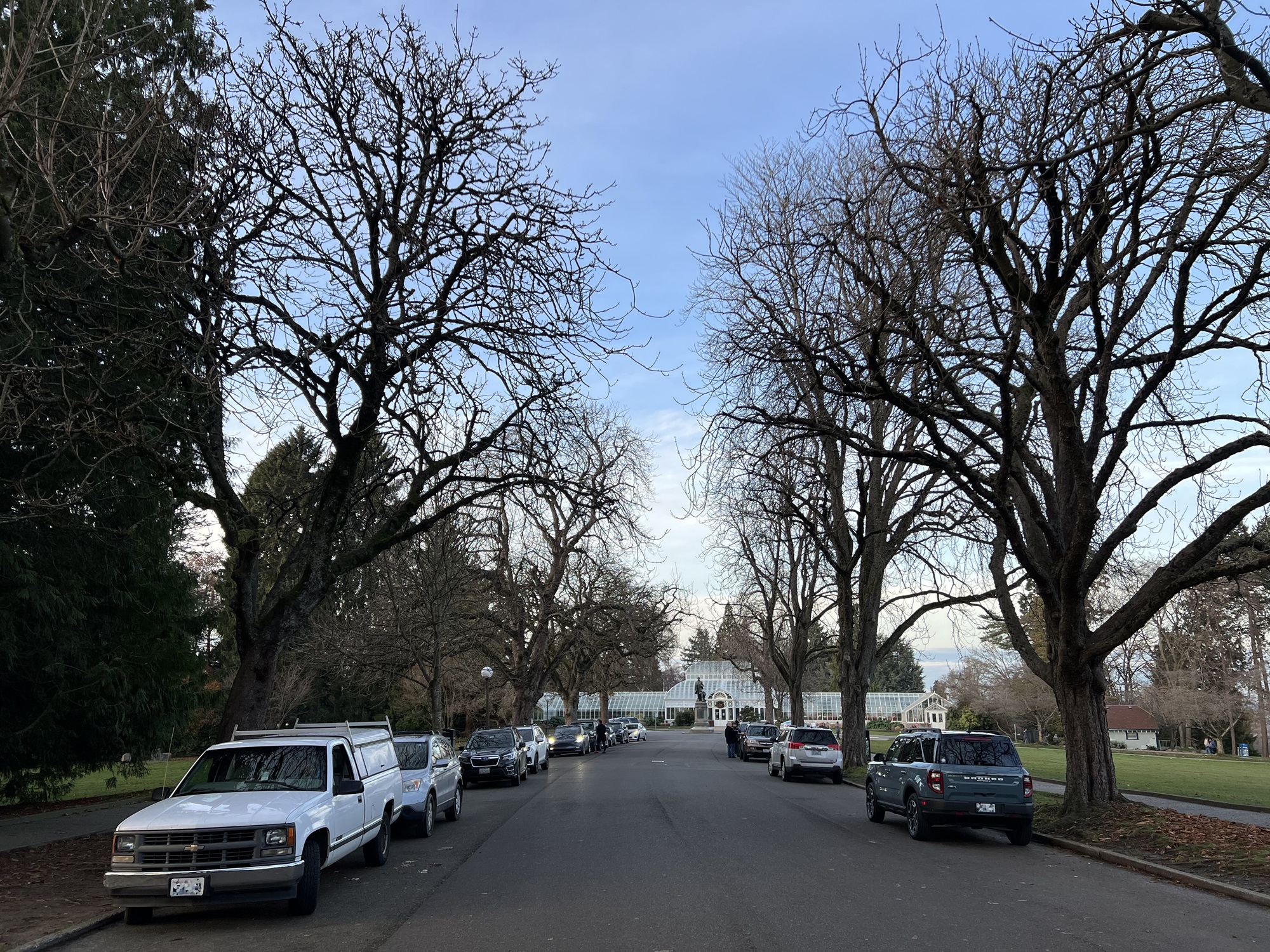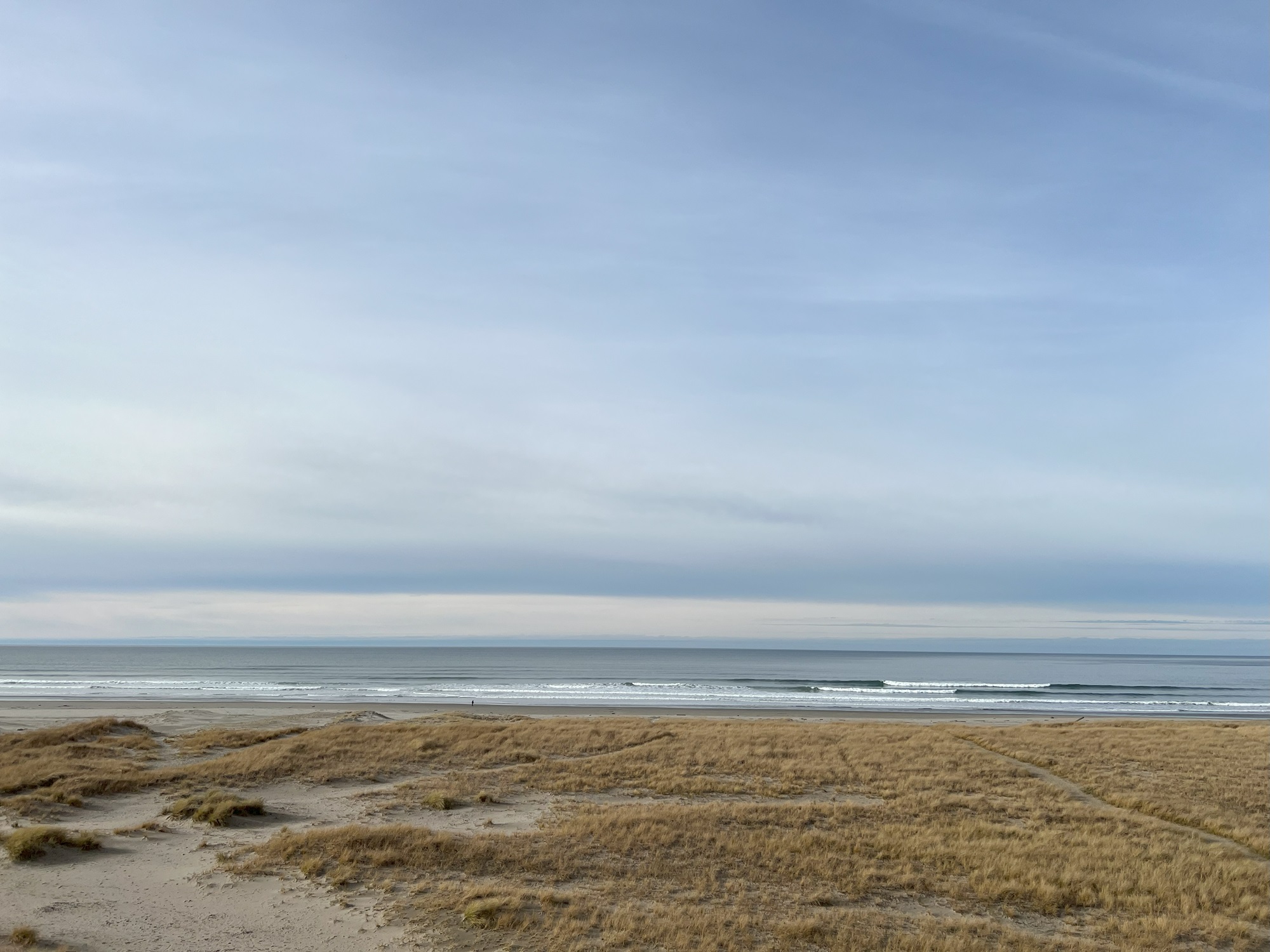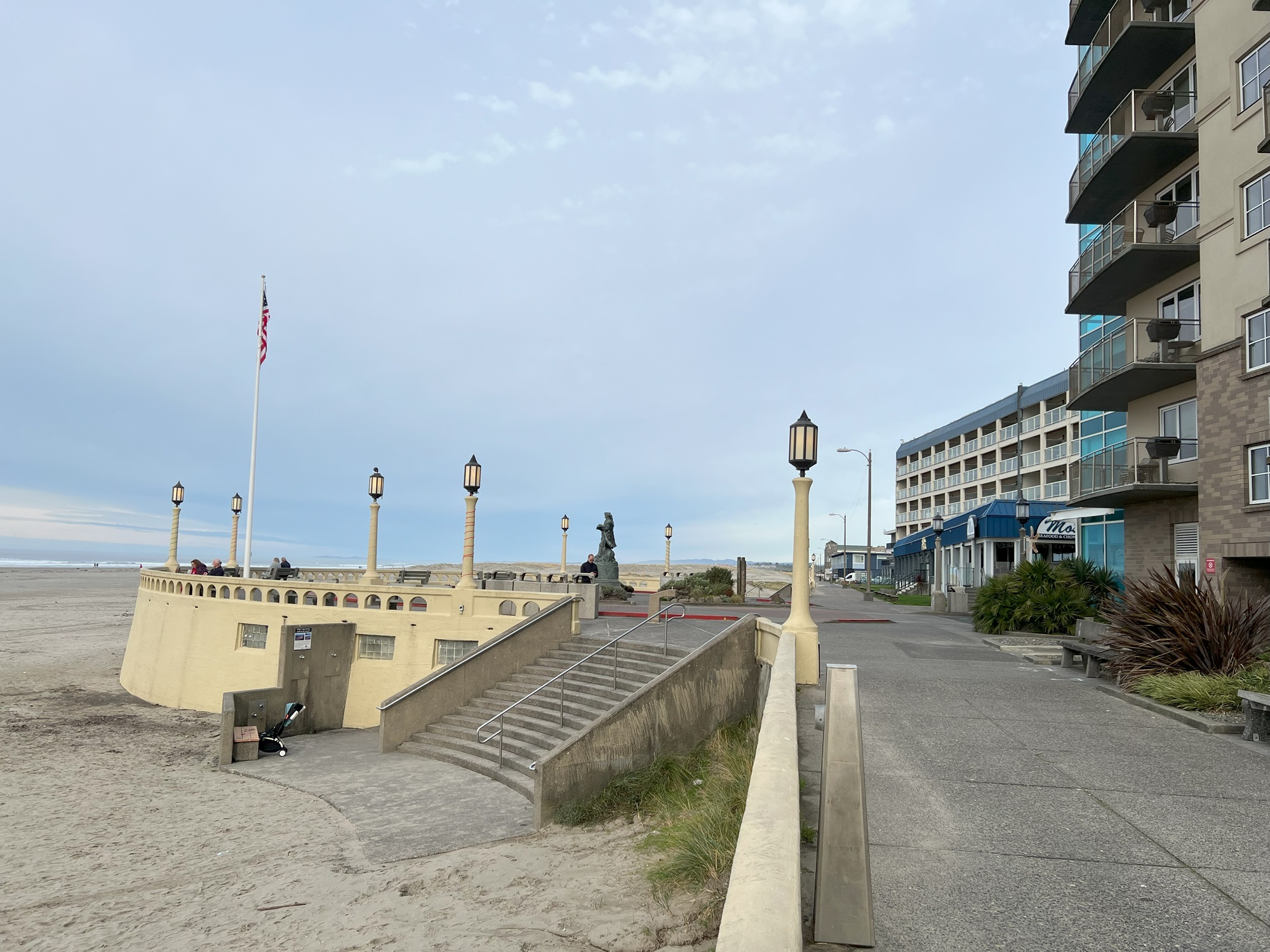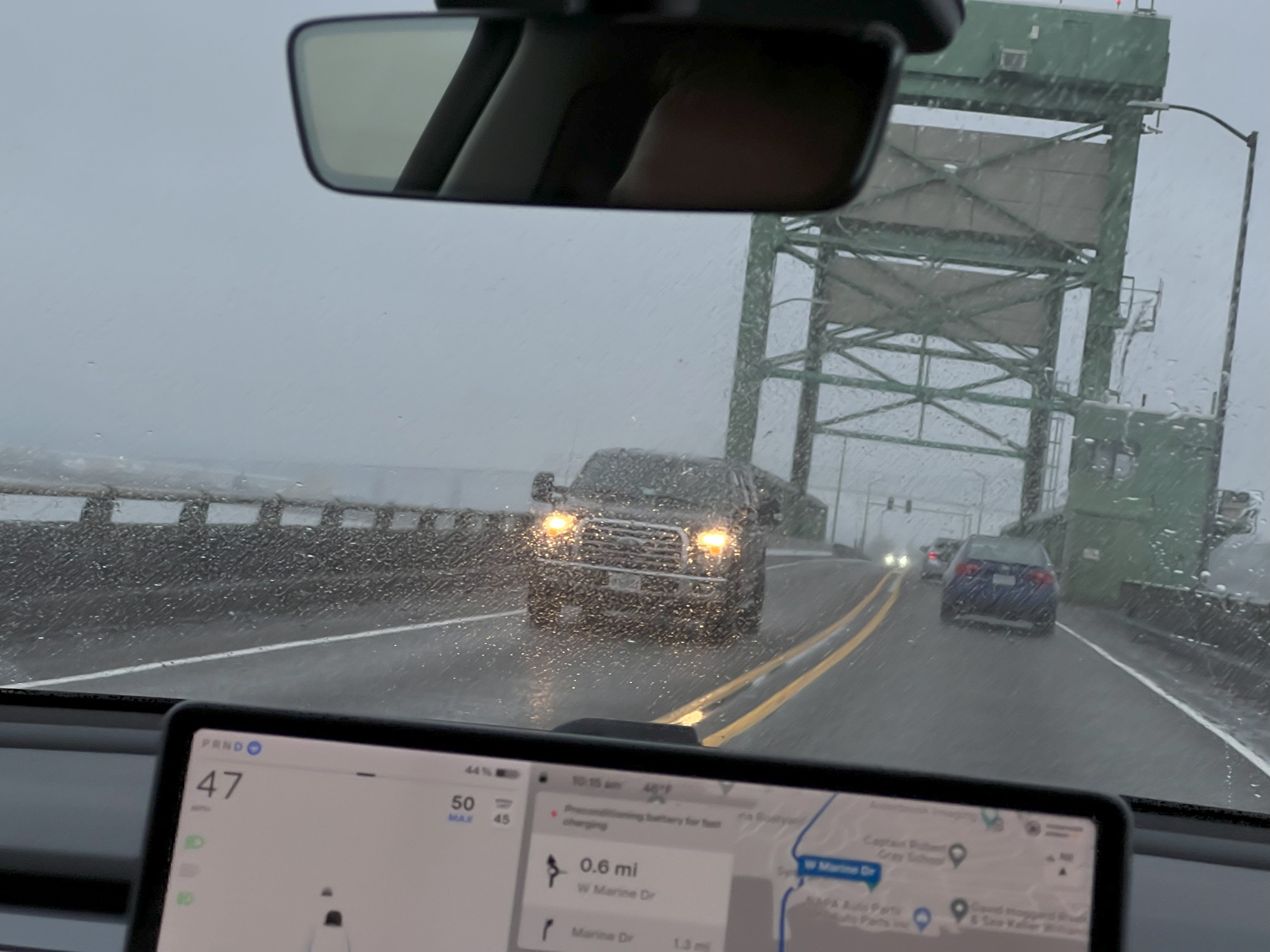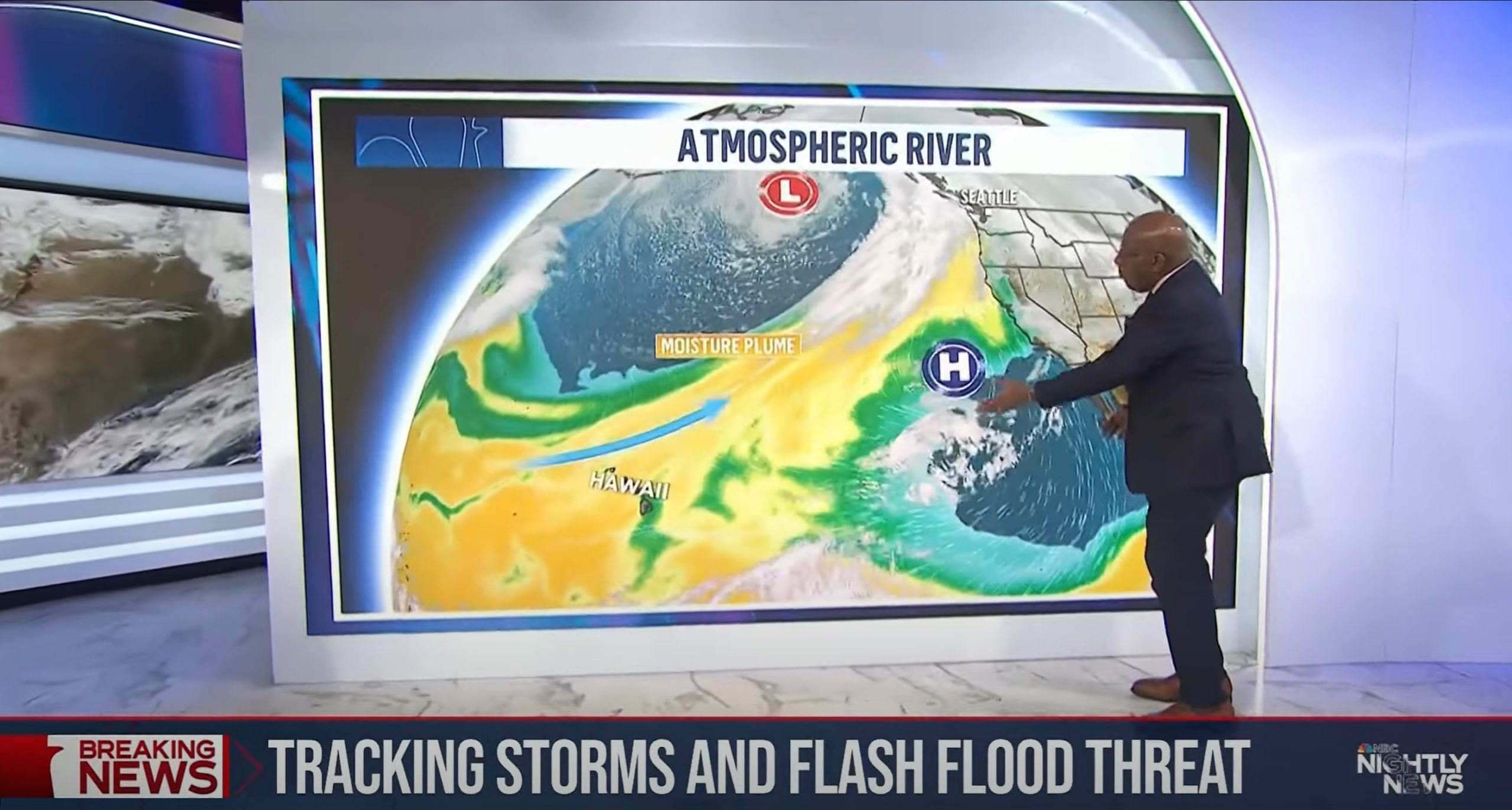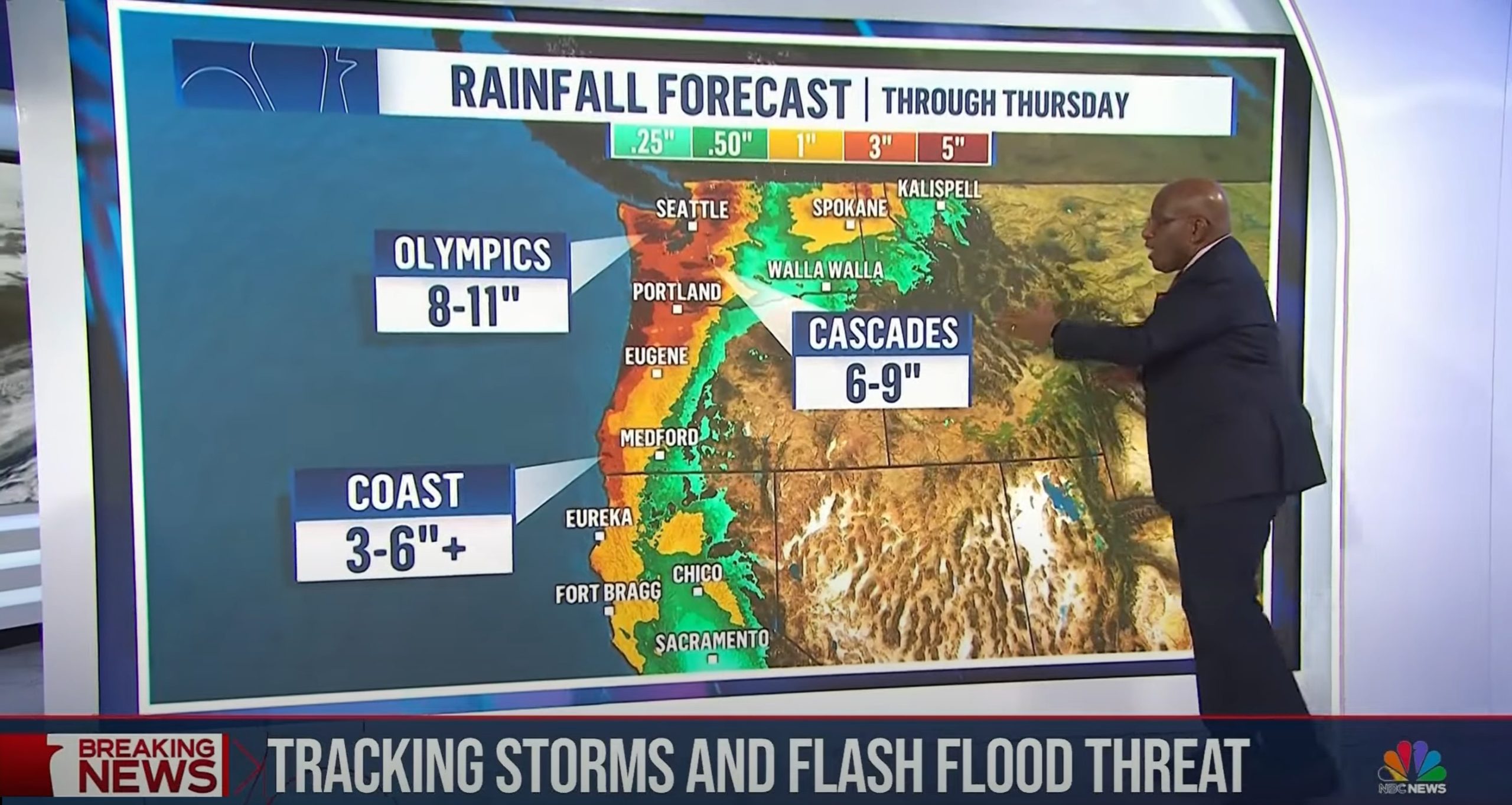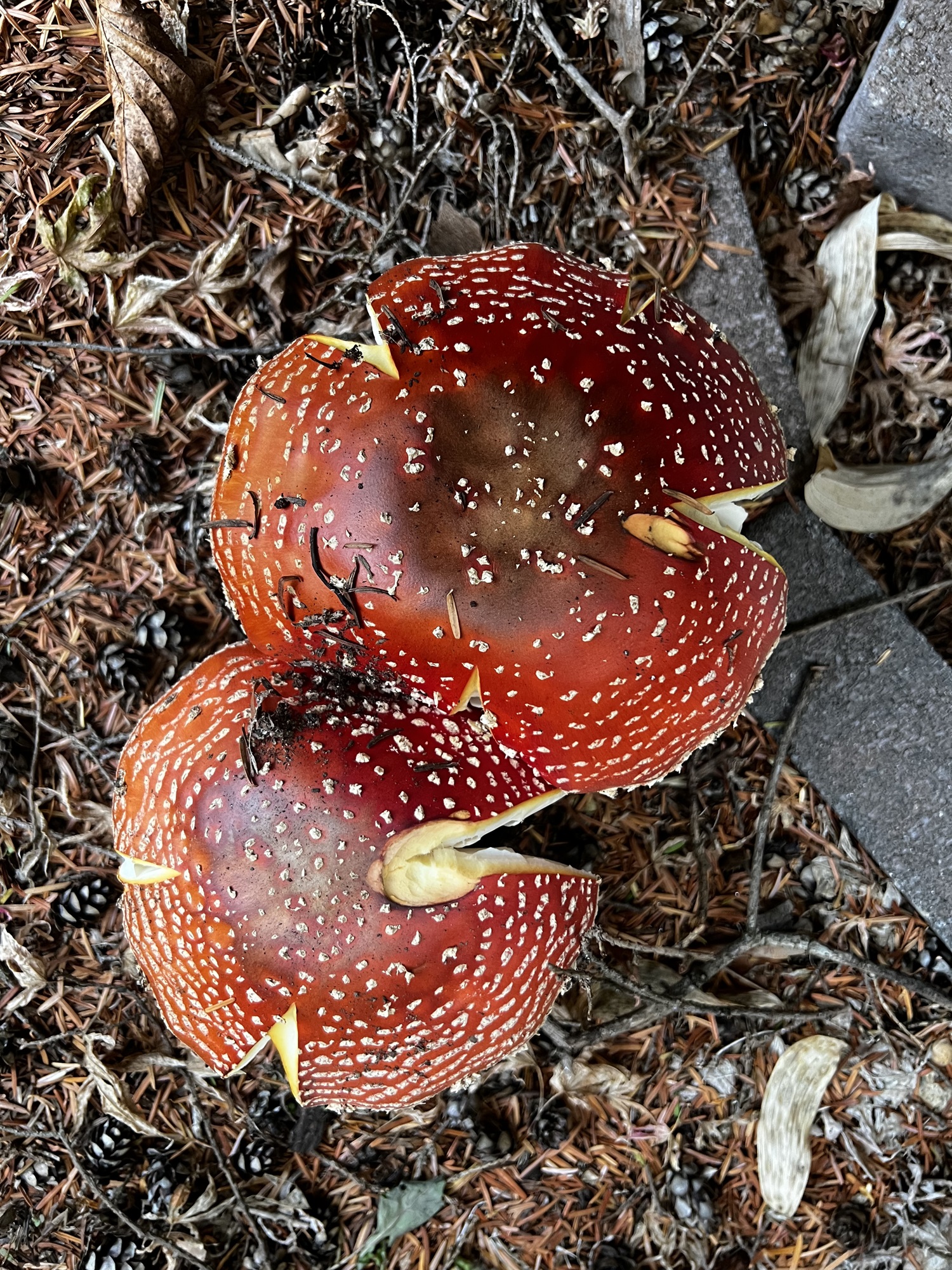Happy Friday.
It was a lovely spring day around the city.
Everyone seemed to be out on the streets.
I colorized the photo that I took while I was stuck at the University Bridge while it was opened to ship canal traffic.
Look for the little float plane up in the air.
Friday/ sun ☀
It felt like spring today, with the sun out all day long.
Here in the city of Seattle we touched 60 °F (15 °C) at the high.

Here is one of my favorites.
Lindbergh Flight Issue
50th Anniversary of Charles A. Lindbergh’s solo transatlantic flight from New York to Paris, May 20, 1927
Issued May 20, 1977 Photolitho. Perf. 11
1710 A1099 13c Multicolored Spirit of St. Louis over Atlantic Ocean
[Source: Scott 2003 Standard Postage Stamp Catalogue, Vol. 1]
Wednesday/ twilight ✨
Thursday/ gray and cold ☁️
Thursday/ crocuses 🌱
Thursday/ overnight snow 🌨
Sunday/ the fires around Valparaiso 🔥
Monday/ a very mild day 🌥
The 62 °F (16 °C) high of today here in the city was the highest recorded so far for January 29.
Maybe there will be several such days in a row, fifty Januaries from now.

Tuesday/ not much snow right now 🗻
Sunday 🌥
Thursday/ more Seaside 🌊
Wednesday was clear and quiet, but there was rain on Thursday morning in Seaside as we packed up and headed home to Seattle.
Pictures:
Seaside beach around noon on Wednesday | The historic Seaside Promenade is 1½ miles long and was dedicated in 1921 | Monument for Lewis and Clark, whose expedition had started in St Louis, MO, in May 1804, and ended at Fort Clatsop in Sept. 1806, nearby Seaside, to its north | A marker for an evacuation route (Seaside is only at 23′ elevation and vulnerable to tsunamis) | Approaching the drawbridge on US-101 going over Youngs River
Thursday/ a soggy downtown ☔️
It was still raining on and off today.
(We’re getting a break from the rain tomorrow.)
I had an errand downtown and took these pictures.

Nice artwork on the bland wall. Looks like someone had an entire filing cabinet of 3.5″ diskettes to throw out!

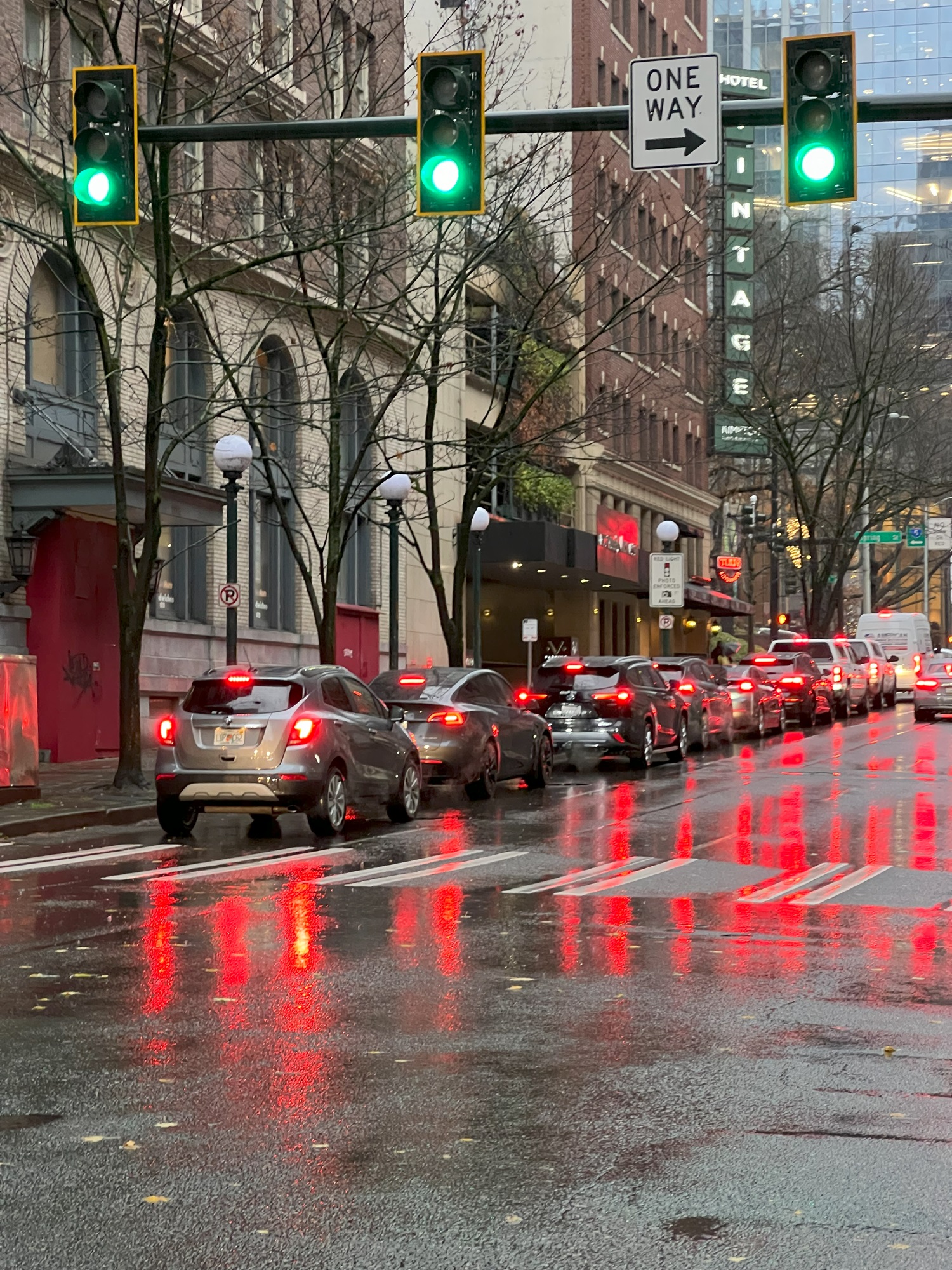


It’s impossible for me to tell what percentage of the office space is occupied at this point, but I suspect it’s still way down from pre-pandemic levels.
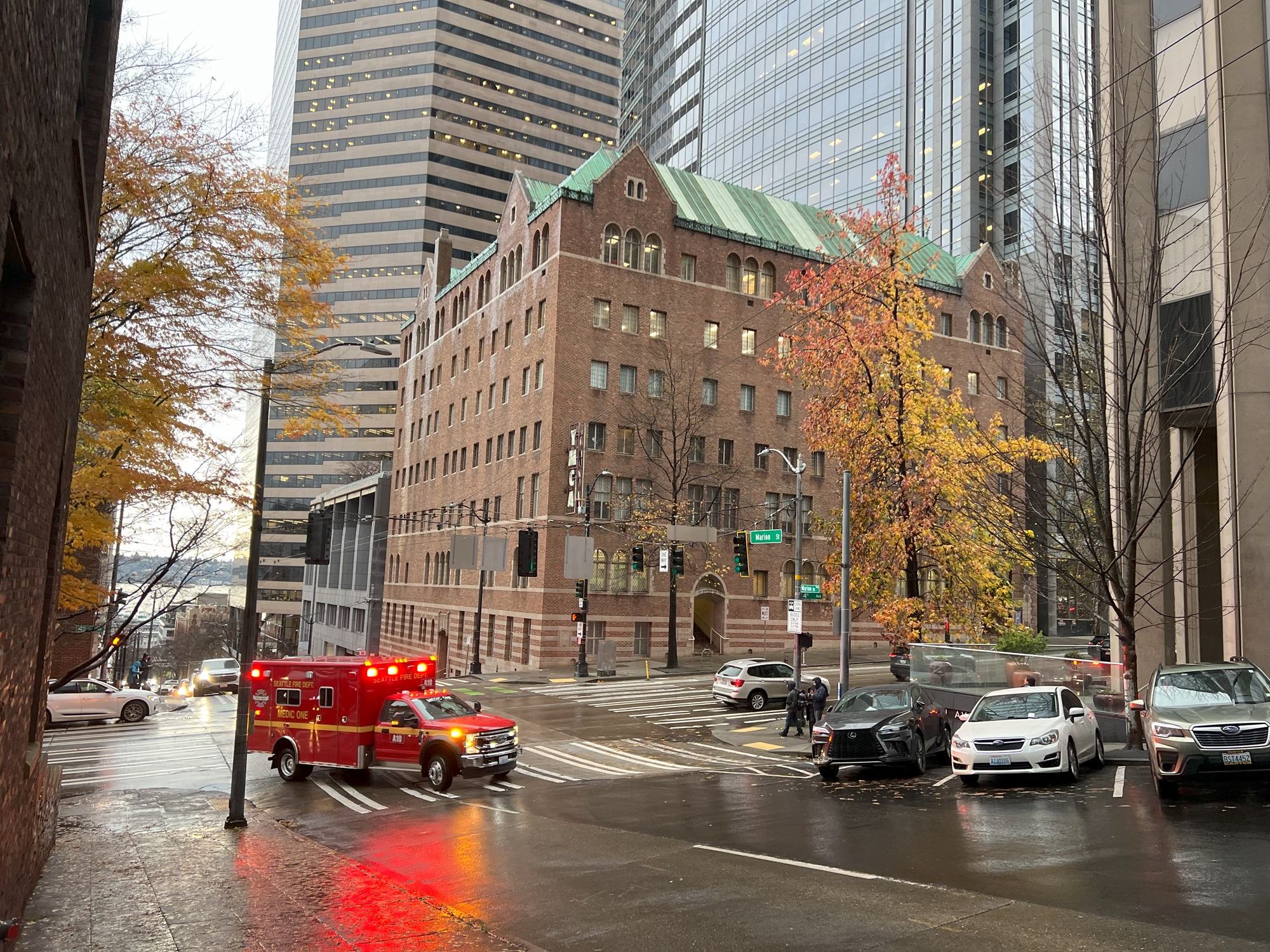
Tuesday/ lots of water 🌊
Reported in the Seattle Times:
Continuous rainfall in Western Washington has caused landslides, train and traffic delays, and flood warnings and emergencies throughout the region Tuesday.
Rainfall at the National Weather Service’s office in Seattle set a record on Monday, at 1.51 inches, “and we’ve had at least three-quarters of an inch of rain since midnight,” said Dana Felton, a meteorologist with the weather service in Seattle, shortly before 7 a.m. Tuesday.
Just before daybreak Tuesday, rain was falling at a rate of up to a half an inch per hour across the lowlands and the mountains, where snow elevations remain as high as 10,000 feet.
It continued throughout the day, reaching 1.61 inches by 5 p.m. Tuesday.

If I read the stream flow data right (from the USGS website for river measuring stations below), some 13 times the long-term median volume of water in the Snoqualmie River is tumbling down over the falls right now.
[Erika Schultz / The Seattle Times]
Long-term median flow, cubic ft/s: 445
Discharge, cubic ft/s: 5,740
Gage height, ft: 8.52
[Source: USGS web site waterdata.usgs.gov]
Monday/ lots of wet 💦
Sunday/ a little bit of sun 🌦
The sun was out for just a little while today— low on the horizon as the daylight was dwindling.
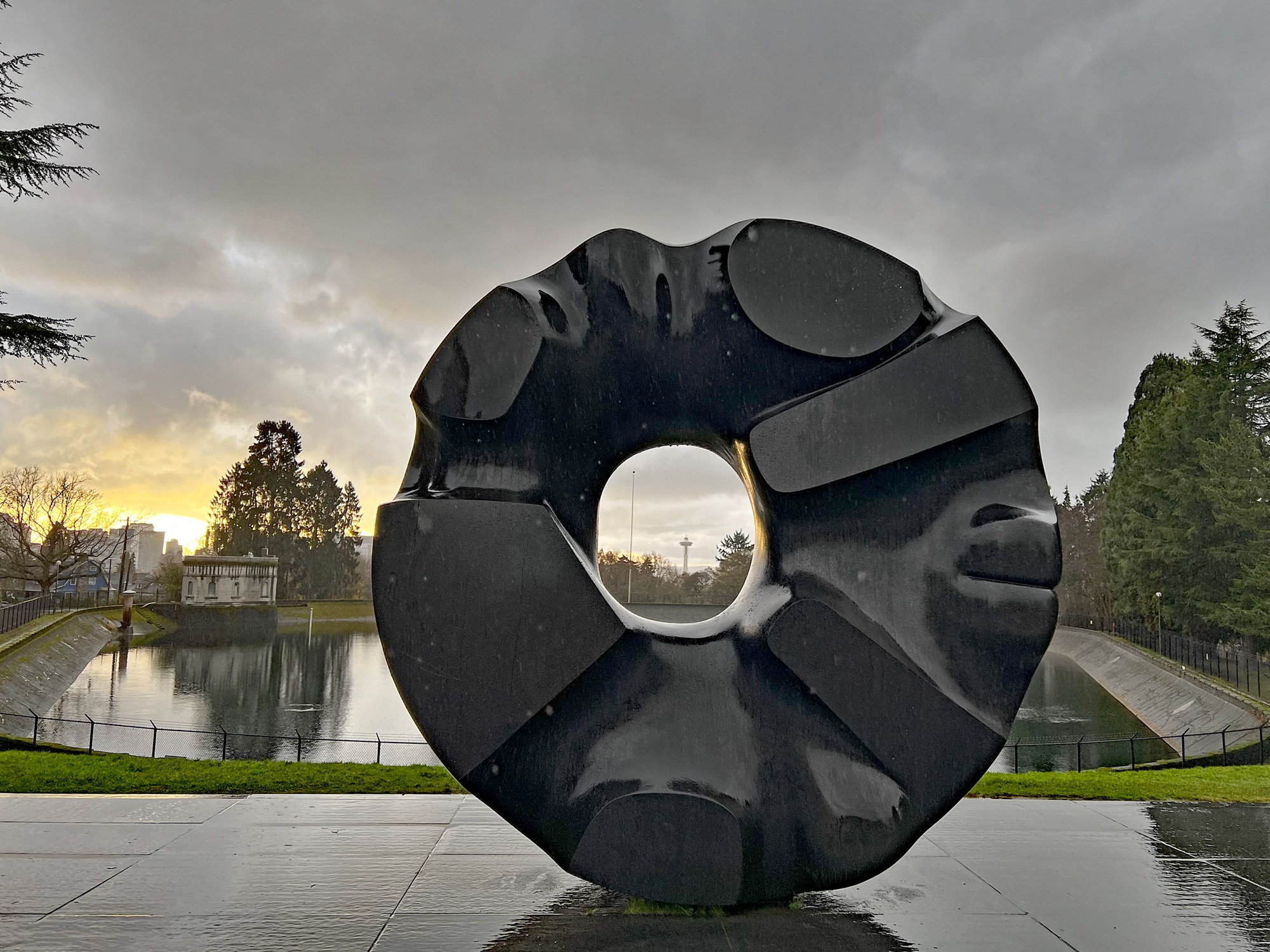
Black Sun is a 1969 sculpture by Isamu Noguchi on the eastern edge of the park’s man-made reservoir, and across from the Seattle Asian Art Museum.
Wednesday/ cold November rain ☔
We’ve been through this such a long long time
Just tryin’ to kill the pain, ooh yeah
Love is always comin’, love is always goin’
No one’s really sure who’s lettin’ go today
Walkin’ away
If we could take the time to lay it on the line
I could rest my head just knowin’ that you were mine
All mine
So if you want to love me then darlin’ don’t refrain
Or I’ll just end up walkin’ in the cold November rain
– Lyrics from November Rain by Guns N’ Roses (1992)
It was a gray day today, and the unusual stretch of dry days for November came to an end tonight.
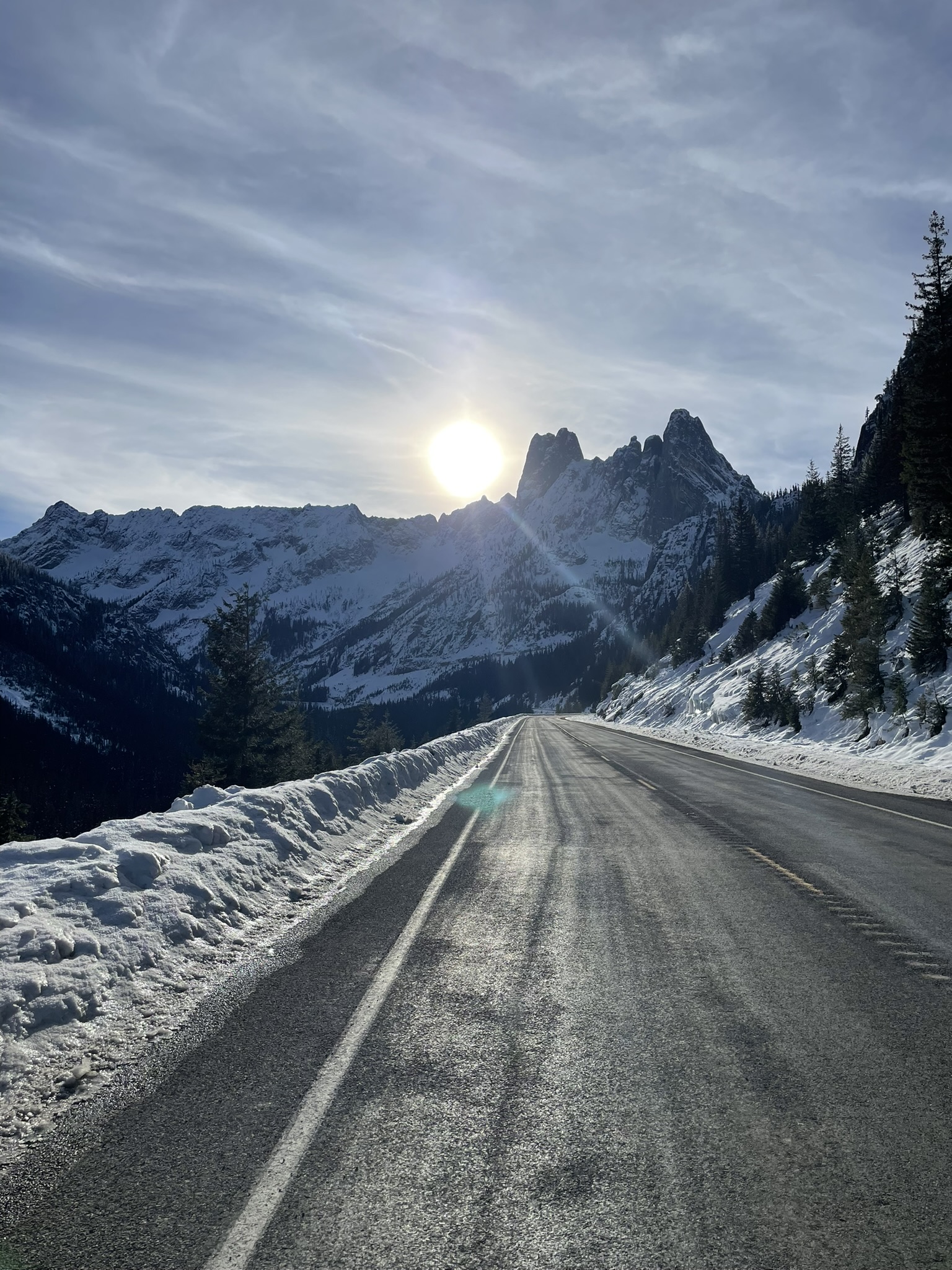
The forecast for snow and rain mix means increased avalanche risk, so we are closing North Cascades from Ross Dam trailhead to Silver Star gate (milepost 134-171) for the season at 6PM, Thursday, Nov. 30.
[Posted by WSDOT East @WSDOT_East on X]
Sunday ☀️
We had our first dry Thanksgiving in eight years.
In fact, the sunny-but-cold weather here in the city will continue until Thursday.
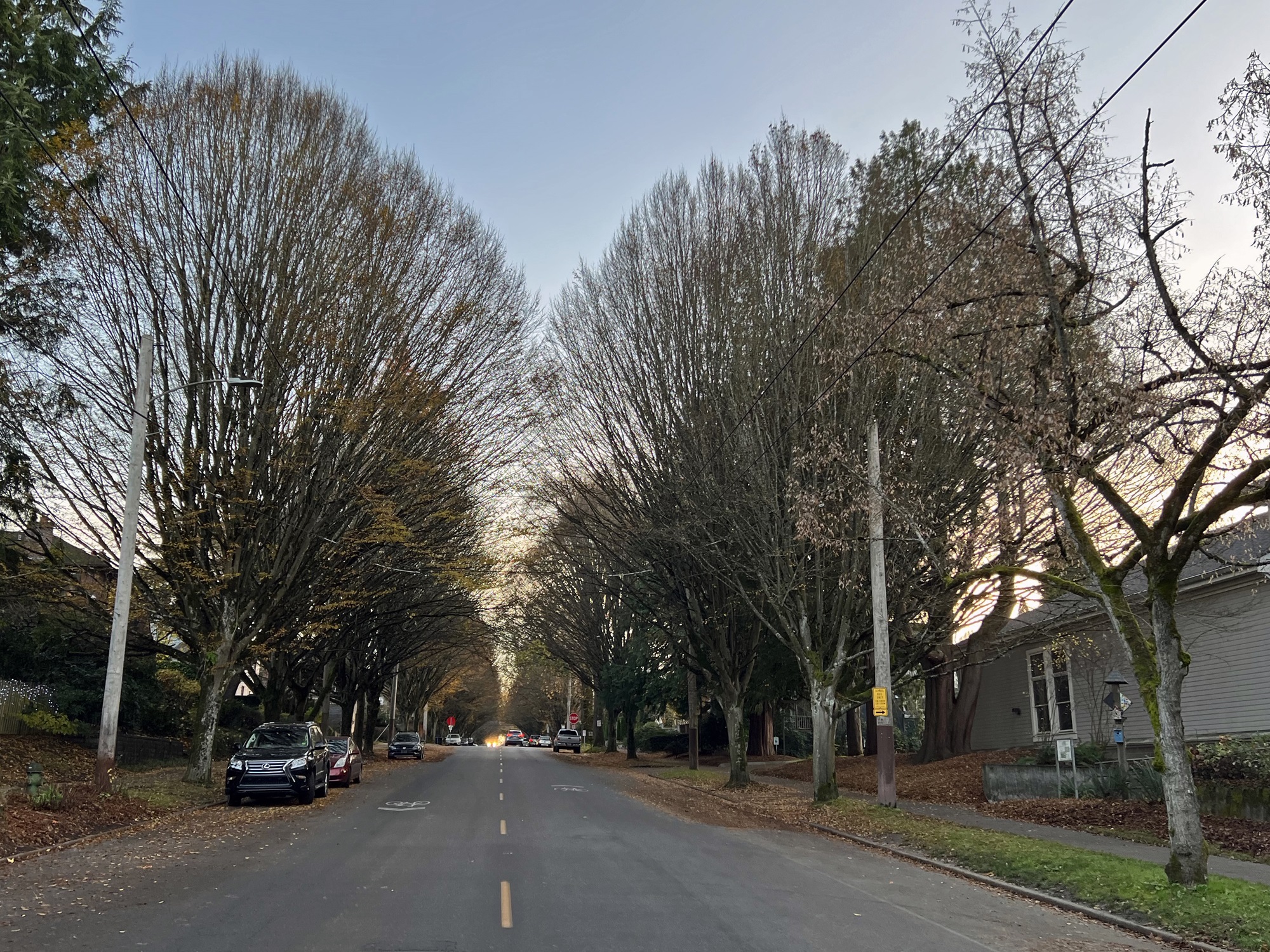
The leaves are almost gone, but not quite yet.
Saturday 🍂
It’s the end of Daylight Saving Time— we have to turn back all the clocks back by an hour.
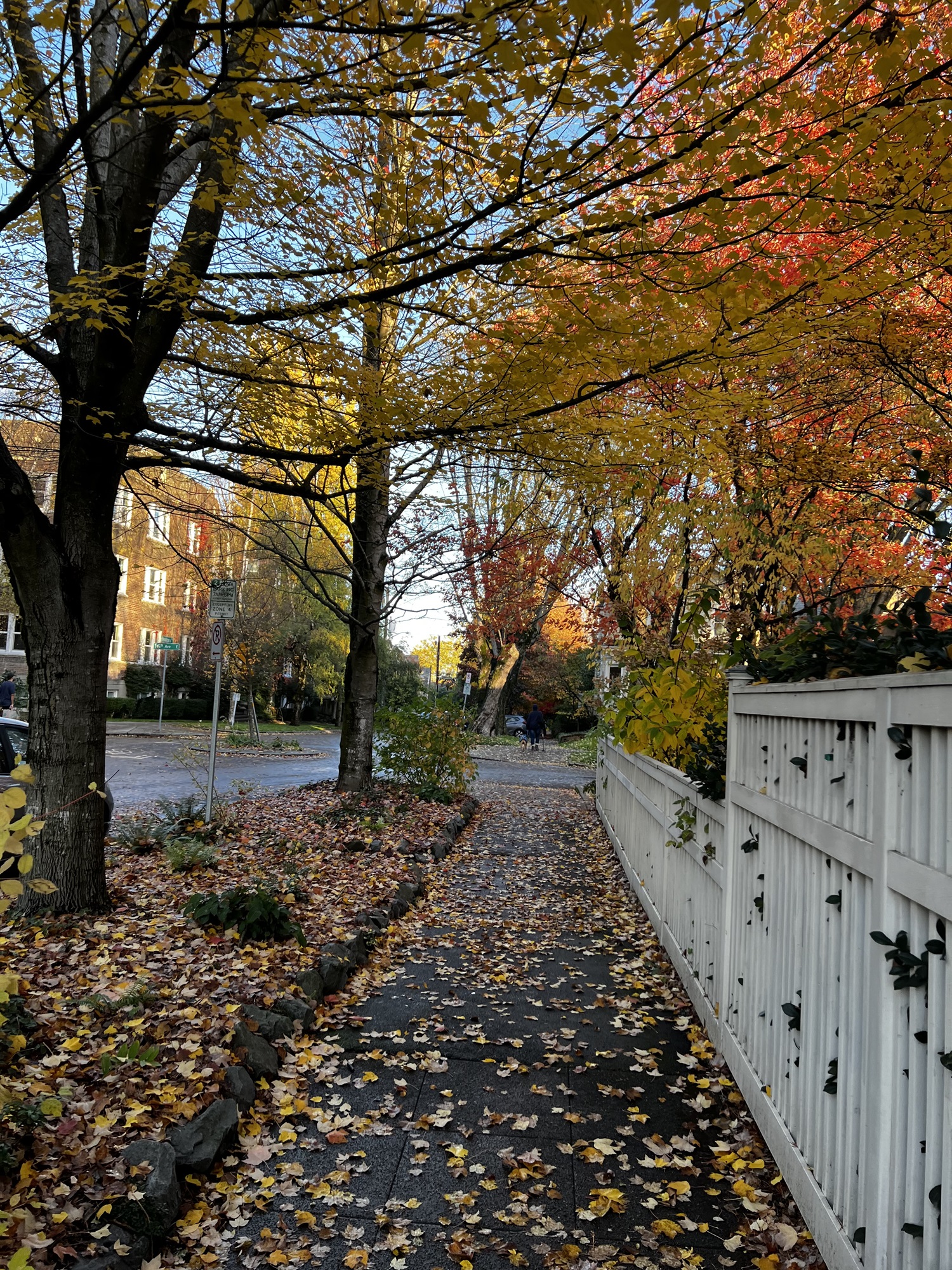
Here I am back from a walk down to Capitol Hill train station for a jaunt I had intended to do, up to U-District, but it was not to be. We first waited for 10 minutes on the northbound train to depart, during which the lights went out, and the ‘NORTHGATE’ display as the final destination changed to an IP address (IP.80.0.0.80 or something).
Then an announcement came that there was mechanical trouble. The next northbound train will actually pick us up on the southbound track. The train that had a delayed departure had been full already, though. So when the next northbound train arrived (on the southbound track) also almost full of people, I decided the overcrowding wasn’t worth the trouble for me, and came back home. There is always tomorrow to try again.
Wednesday/ here’s November ☔️
Seattle-Tacoma airport recorded 2.77 in. of rain for October— below the average of 3.46 in.
November is the wettest month of the year (usually coming in at 6.5 in), and we’re off to a good start with a forecast of 1.4 in over the next seven days.
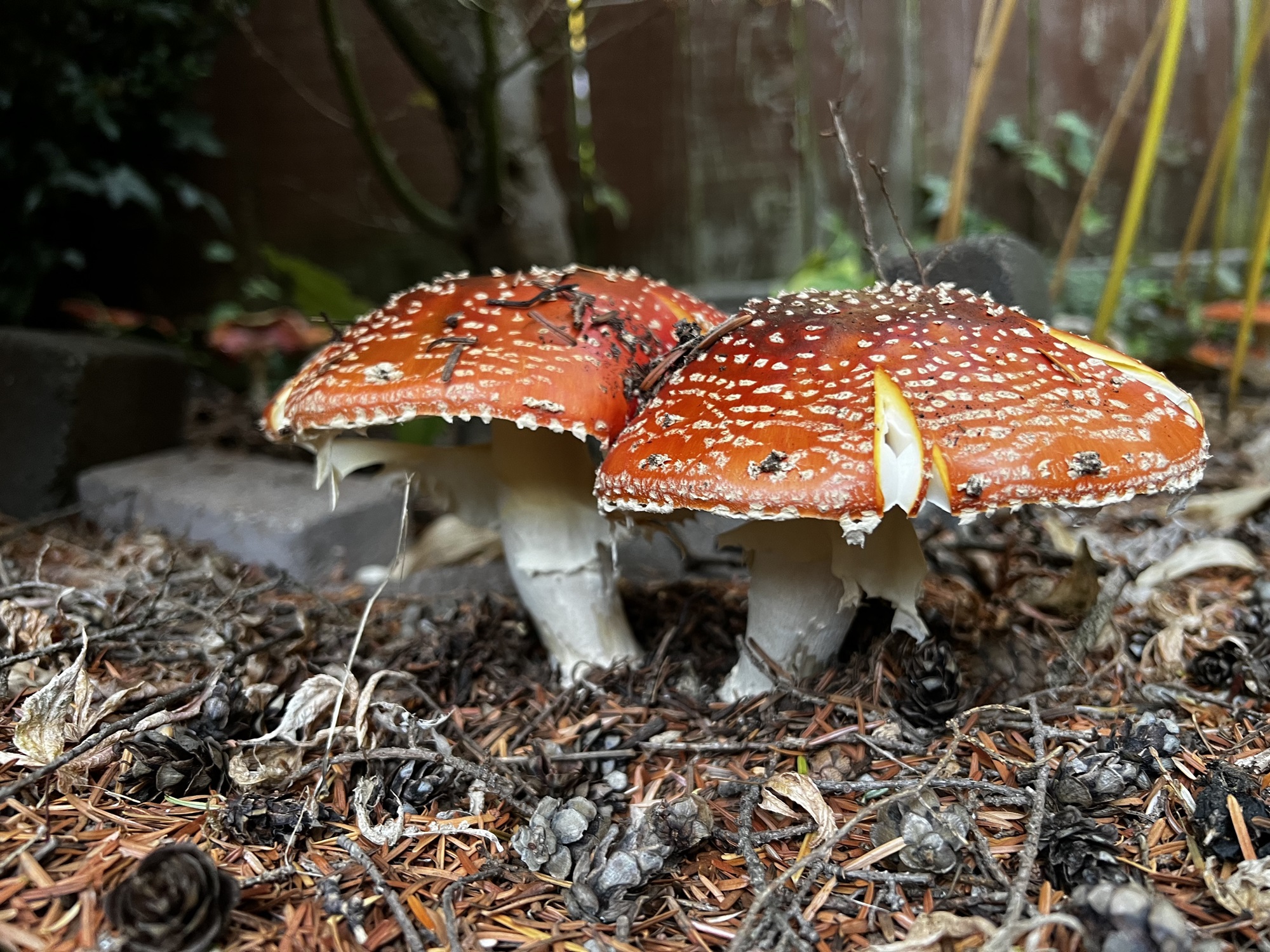
These ‘look but don’t touch’ mushrooms (they contain toxic alkaloids).
Monday/ a little rain ☔
 It rained a little today, on and off.
It rained a little today, on and off.
There was time in Earth’s history when it rained for eons.
Here is an excerpt from a book I’m reading:
For a few million years our planet had rings, like Saturn. Eventually, the rings coalesced to create another new world – the Moon. All this happened approximately 4,600,000,000 (4.6 billion) years ago.
Millions more years passed. The day came when the Earth had cooled enough for the water vapor in the atmosphere to condense and fall as rain. It rained for millions of years, long enough to create the first oceans. And oceans were all there were; there was no land. The Earth, once a ball of fire, had become a world of water. Not that things were any calmer. In those days the Earth spun faster on its axis than it does today. The new Moon loomed close above the black horizon. Each incoming tide was a tsunami.
